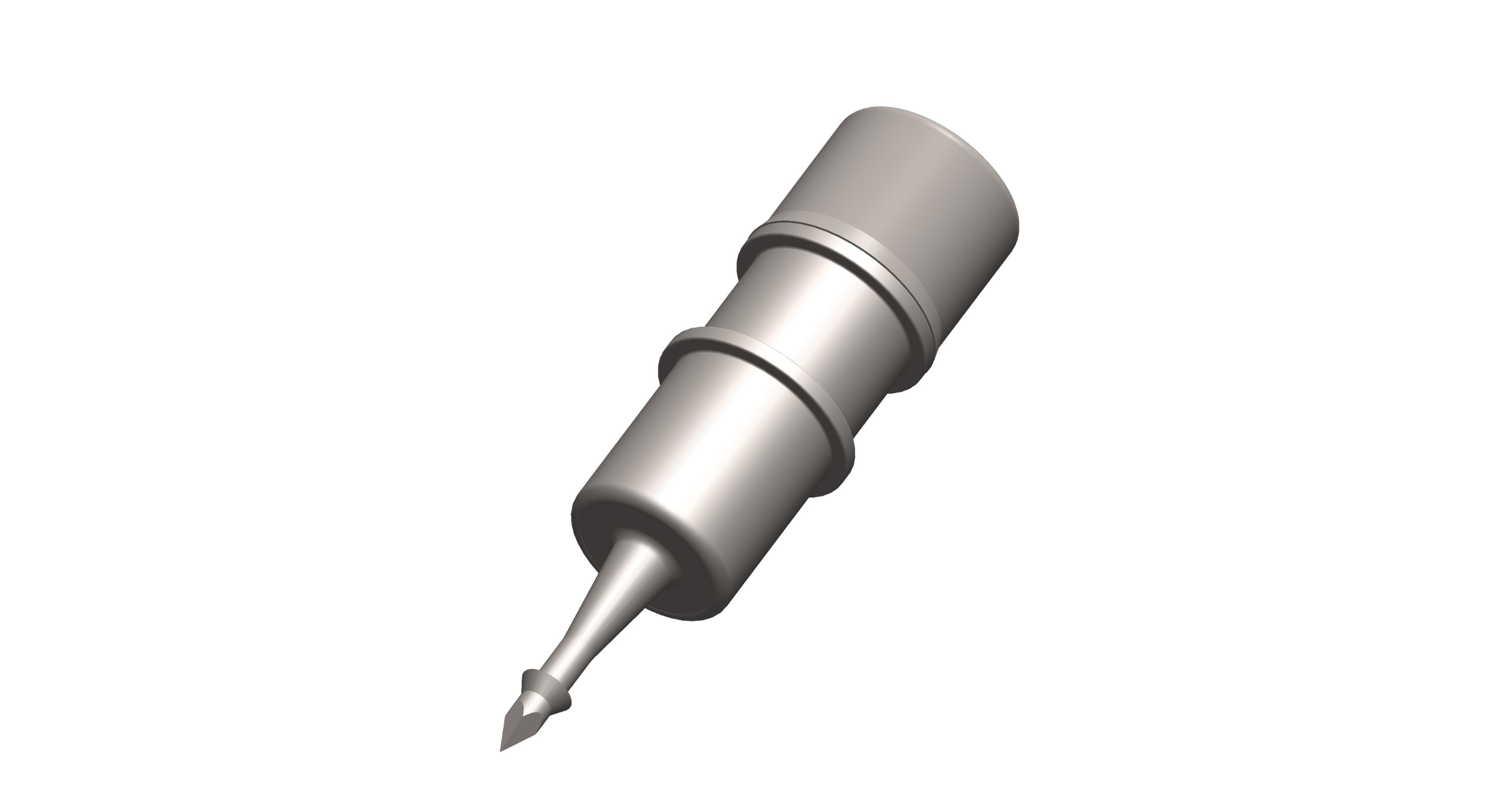Share
Glaukos Corporation has announced positive outcomes from two Phase 3 pivotal trials for its iDose TR system. The iDose TR successfully achieved its primary efficacy endpoints through 3 months and demonstrated excellent tolerability and safety through 12 months.

The iDose TR is an implant containing a novel formulation of travoprost. It is placed inside the eye using a micro-invasive surgical procedure, where it continuously releases therapeutic levels of travoprost for at least one year. Travoprost is a prostaglandin analog used to reduce intraocular pressure (IOP). Once all the travoprost is released, the iDose TR can be removed and replaced with a new one. As an implant, the iDose TR provides a promising alternative to daily eye drop treatment and could potentially alleviate the adherence issues associated with daily eye drops. The main question was whether the iDose TR implant could achieve comparable treatment outcomes to daily eye drop treatment.
Glaukos sought to answer this question by running two Phase 3 clinical trials comparing the safety and efficacy of iDose TR to twice-daily topical timolol 0.5% eye drops in reducing IOP in participants with POAG or ocular hypertension. The first trial enrolled 590 participants while the second trial enrolled 560 participants. Participants in the iDose TR arm were given the implant and placebo eye drops, whereas participants in the control arm were given a non-functional implant and active eye drops.
Both the fast and slow-release iDose TR arms in both trials showed non-inferiority to twice-daily timolol eyedrop treatment through 3 months. 93% of slow-release iDose TR participants remained well-controlled on the same or fewer IOP-lowering medications at 12 months compared to screening after a single iDose TR administration. This was higher compared to the 67% rate seen in the timolol control group in both trials. 81% of slow-release iDose TR participants no longer needed eye drops at 12 months.
For the GC-010 trial, IOP reductions over the first 3 months were 6.6-8.5mmHg in the slow-release iDose TR arm, versus 6.6-7.7mmHg in the timolol control arm. For the GC-012 trial, IOP reductions over the first 3 months were 6.7-8.4mmHg in the slow-release iDose TR arm, versus 6.8-7.2mmHg in the timolol control arm.
The iDose TR showed excellent tolerability with 98% of slow-release iDose TR participants continuing in the trial at 12 months. The implant did not show any adverse events of corneal endothelial cell loss, serious corneal adverse events or periorbital fat atrophy. The most frequent adverse events were mild transient iritis (6%) and conjunctival hyperaemia (3%).
“We are very pleased to announce these robust and replicative positive Phase 3 pivotal data results for iDose TR, which mark a major milestone for our company and powerfully reaffirms our view that iDose TR can be a transformative novel technology able to fundamentally improve the glaucoma treatment paradigm for patients,” said Glaukos Chair and CEO Thomas Burns. “We believe there is an important unmet clinical need and strong appetite within the ophthalmic community for safe, effective and sustained dropless pharmaceutical alternatives to traditional topical medications.
The original press release can be accessed here.



